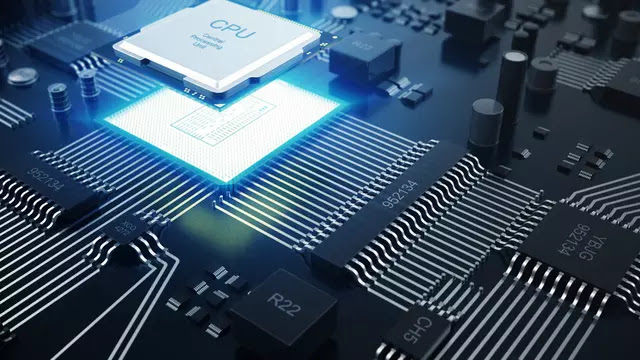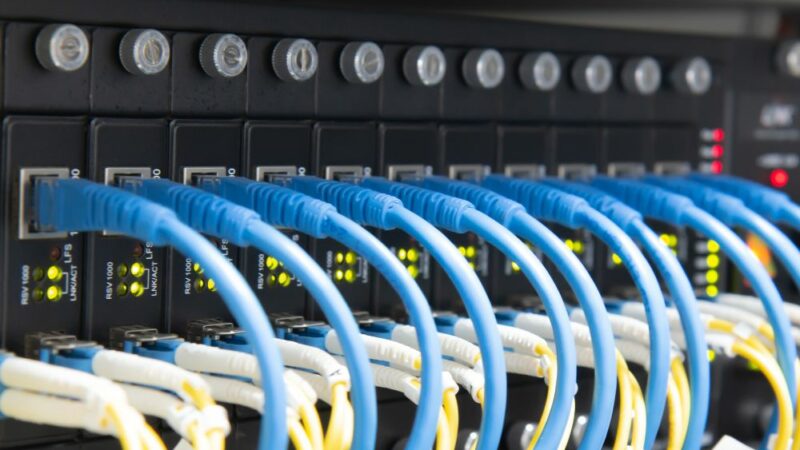What Is CPU? CPU Full Form In Computer

The essential part of your computer is the CPU. So what is CPU full form in computer? CPU full form in the computer is Central Processing Unit. It is the main hub that processes the instructions come from the operating system, programs, or other components.
The CPU generally follows the instructions of programs and tells which data to process and how to process it. Without the CPU, it’s useless to run a program on the computer. So, in this article, we are going to share what is CPU and how CPU works.
What Is CPU? CPU Full Form
The CPU meaning in the computer is the CPU is the main brain of the computer; without the CPU, the computer is useless. What is CPU full form? The full form of CPU is Central Processing Unit. All the computer work is done through a CPU that why it is called the brain of the computer; without a brain, it will not work.
In simple words, the CPU is the human’s best buddy when it comes to unloading several tasks that are appointed. CPU is the only one that can do multiple assignments at the same time with the same speed and efficiency.
Right now, you are thinking, how is it possible? What makes the computer so quick, fault-free, and reliable. Well, there are several computer components, and one of the components is the CPU, which manages all the tasks that are given to the computer.
Everyone knows that the computer is generally made of five components- output unit, input unit, memory unit, processor, and storage.
Different Types Of CPU
The different types of CPU are based on the core. It is essential to know what type of processor you select for the CPU. Over the years the technology has advanced that there’s been a big change in the processors connected with our computers. Here are some of the different types of processors from old to new according to the change in generation of computer .
- Single Core CPU
- Dual-Core CPU
- Quad-Core CPU
- Hexa-Core CPU
- Octa-Core CPU
- Deca-Core CPU
Single Core CPU
It is one of the oldest types of processor is the single-core processor. This single-core processor cannot do multitask because it is the first generation of computers. The single-core CPU takes only one instruction at a time.
Dual-Core CPU
After the single-core processor, here comes the dual-core processor. This processor can do multitasking smoothly. Dual-core was the beginning of the CPU’s multitasker.
Quad-Core CPU
The quad-core processor was the robust version after the dual-core processor. As the name says, it has four core inside and does multitasking easily. The task gets divided into four cores, so the work gets done more smoothly.
Hexa-Core CPU
The Hexa-core processor is the improved version of the quad-core processor. The Hexa-core has six cores which give more boost to the CPU performance to perform heavy graphic games.
Octa-Core CPU
The octa-core processor is the second most powerful processor, and it has eight cores in the set of two quad-cores. It is said that it is the most powerful dual-core processor, which is used to do heavy tasks or other advanced tasks according to the user’s needs. Though this processor uses the lower power setting, and when the emergency happens then, the other sets of cores come for support.
Deca-Core CPU
The Deca-core is the latest powerful addition to the family of powerful processors. This Deca-core contains ten core in one processor and completes the tasks as quickly as possible. Well, it goes without saying that it is one of the most powerful processors that have changed the gaming world.
Components Of CPU
The Central Processing Unit is made of two main components ALU and CU.
ALU: Arithmetic Logical Unit
The ALU manages all the mathematical jobs required in the tasks. The information input on which operation is to be performed is known as operands. The main control unit tells the ALU which task to perform. After ALU completes the task, it stores the output into the output register.
The output register is a tiny space inside the CPU. The arithmetic logical unit works all types of mathematical operations such as subtraction, multiplication, addition, and division. It also works logical operations such as OR, AND, NOR, and much more. The latest generation computers come with multiple ALU insides for faster operation.
CU: Control Unit
The CU is a type of circuit inside the CPU. It manages the input and output data traffic and gives instruction to the ALU; it also controls and manages multiple tasks. The Control Unit gets the output from the arithmetic logical unit and sends it to corresponding programs.
Inside the control unit, there are two main parts that make the CU working. These two main parts are Instruction Register(IS) and Program Counter(PC). The Program Counter maintains the instructions consecutively from memory, and the IS decrypts these instructions to give commands to the CPU. The CU is also responsible for control signals and timing. The CU also looks at all the instructions are being done within time or not.
Function Of CPU
The program is a list of instructions on the computer that are stored in the memory. Central Processing Unit execute all those instruction or threads to complete the program. Generally, the CPU work in three steps to execute the instruction.
- Fetch
- Decode
- Execute
Fetch – It is a process of getting the instruction from a CPU’s memory that needs to be executed. The PC is also called the instruction pointer; it stores the address of an instruction that needs to be executed.
Decode – The second step after fetching the instruction is to decode it. The CPU decrypts the instruction into control signals.
Execute – The third step is now to execute the instructions. Many parts of the CPU are connected to do the particular operation, and all the instructions are performed over the clock pulse.
Final Words
So now you know the CPU full form and how it works. This technology is advancing from time to time and giving more speed and do heavy multitasking. It handles all the instructions from the software and hardware running on the computer and executes the instruction as soon as possible. So if you find this information useful, drop a comment below this section.
Frequently Asked Questions
Who Invented The CPU?
The first commercial CPU was invented by the Intel 404 in 1971 by Federico Faggin.
Does CPU Impact The Game Performance?
If your CPU is slow, then it can impact the gaming performance, especially when the resolution at 1080p. If you want the best performance, then you must have the best CPU configuration.
Does RAM Help CPU Efficiency?
Yes, having 8GB RAM or more can improve the CPU efficiency.
Where Does The CPU Store Data?
The data is stored at the core of the CPU (Central Processing Unit). It is the source of control that runs all the instruction and programs.
Where Are CPUs Used?
CPUs are used in different devices. It can be used on desktops, laptops, smartphones, smart televisions, and more.





